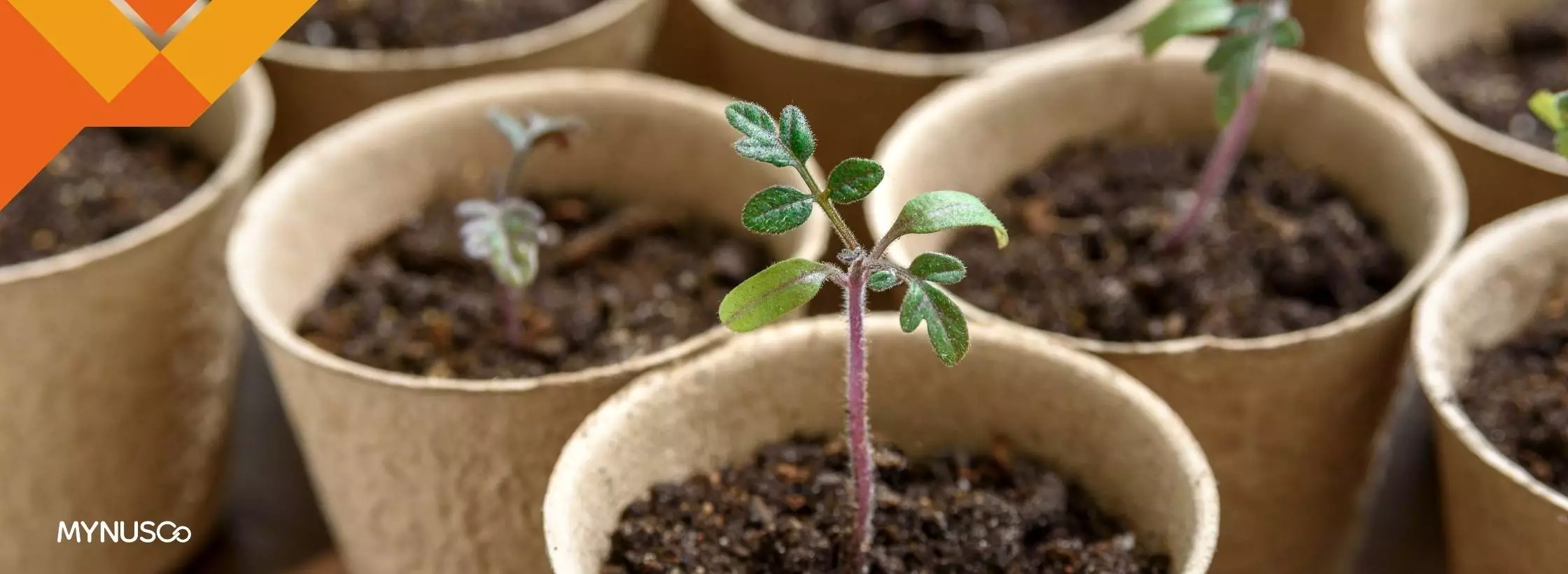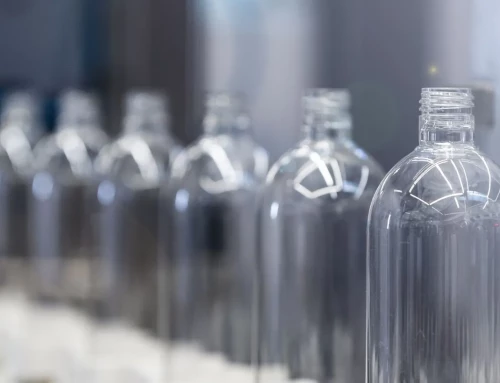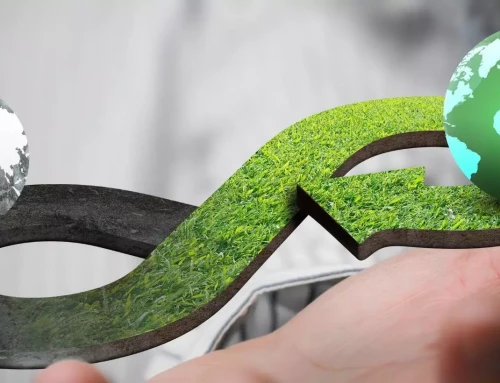What is Biodegradation – Explained
What is the meaning of Biodegradation?
Biodegradation is the degradation of materials into environmentally acceptable products such as water, carbon dioxide, and biomass, by the action of naturally available microorganisms under different environmental conditions. The mechanism and the speed of biodegradation vary based on the material itself and the environment where the biodegradation takes place.
Types of Biodegradation
Anaerobic biodegradation – When the biodegradation process takes place in the absence of air/oxygen, it is referred to as anaerobic biodegradation. Anaerobic biodegradation results in methane, which is highly flammable and can be converted into energy as in the case of biogas plants.
Aerobic biodegradation – Aerobic biodegradation also takes place in landfills. Anaerobic methane gas is emitted into the atmosphere, which then causes several times more harmful than carbon dioxide expressed in Global Warming Potential GWP units.
| GHG | Lifetime (years) | GWP20yrs | GWP100yrs | GWP500yrs |
| CO2 | variable | 1 | 1 | 1 |
| CH4 | 12 ± 3 | 56 | 21 | 6.5 |
| N2O | 120 | 280 | 310 | 170 |
Aerobic biodegradation is most commonly accepted as it requires a relatively simpler infrastructure to manage the process. Aerobic biodegradation happens in one of the following environmental conditions –
- Industrial compost – when biodegradation happens in an industrial composting site. The biodegradation happens in the presence of air, moisture, fungi, and thermophilic bacteria at temperatures more than 650 C. The rate of degradation is relatively faster compared to other environmental conditions.
- Home compost – when biodegradation happens in a home compost. Biodegradation happens in the presence of air, moisture, fungi, and mesophilic bacteria at atmospheric temperatures. The rate of degradation is relatively slower compared to industrial compost.
- Soil – when the biodegradation happens in an open environment such as your garden. Biodegradation happens in the presence of air, moisture, fungi, and mesophilic bacteria at atmospheric temperatures. The rate of degradation is relatively slower compared to home compost.
- Freshwater biodegradation – when the biodegradation happens in freshwater. Biodegradation happens in the presence of water and bacteria at atmospheric temperatures. The rate of degradation is relatively slower compared to soil degradation.
- Marine biodegradation – when the biodegradation happens in marine conditions such as sea and ocean. Biodegradation happens in the presence of water and diluted bacteria at atmospheric temperatures. The rate of degradation is relatively slower compared to freshwater degradation.
It needs to be noted that materials marketed as “water-soluble”, “oxo-degradable”, “I am not plastic”, and “bio-based” should NOT be incorrectly understood to be biodegradable products.
Governments around the world are regulating how biodegradable products are labeled to avoid any misleading marketing claims by product owners and brands.
In some states of the USA, it is banned to label any product as “biodegradable” as it does not clarify the environment in which the product biodegrades leading to lot more complexities when it comes to handling waste.
Factors affecting Biodegradation process:
Biodegradation rates are influenced by the bioactivity of the location, temperature, and moisture levels. The disposal site needs to have an environment conducive to the microorganisms needed to break down the products.However, for a biodegradable product to properly break down into environmentally friendly components, it needs to be disposed of properly.
For example, a biodegradable plastic bag thrown into a hedge will take years to properly degrade and even a bamboo strip needs a minimum of one year.
Unfortunately, many biodegradable products are improperly discarded in areas that have undesirable environmental conditions; meaning that the products either slowly, or never degrade.
Some standards define acceptable biodegradation rates and labeling for biodegradable products. However, in India labeling products as “compostable” is just enough and usually refers to industrial compostable.
Unfortunately, this is a problem as consumers in India are led to believe that compostable products naturally degrade in their backyard compost, but this is not the case, resulting in the same problem we have with regular plastics.
What does it mean if an item is biodegradable?
All materials will eventually break down into physical fragments, but what is usually referred to as “biodegradable” break down into organic components in months or years as opposed to decades or centuries. Each material has a certain physical and chemical composition with characteristics that dictate how they break down.
Biodegradability is a property that does not depend on whether the products are made from renewable materials. Rather, it depends on the chemical properties of the material itself — not whether it is bio-based or petroleum-based. Most compostable carry bags are made with petroleum-based plastics and not bio-based.
The BioPur category of biocomposite materials from us is a good example of biodegradable materials. Many grades are available to suit a wide range of product applications, with different properties, aesthetics, different levels of bio content, and rates of biodegradation. Many of the BioPur biocomposites are suitable for soil and home composting, while all of them support industrial composting.






